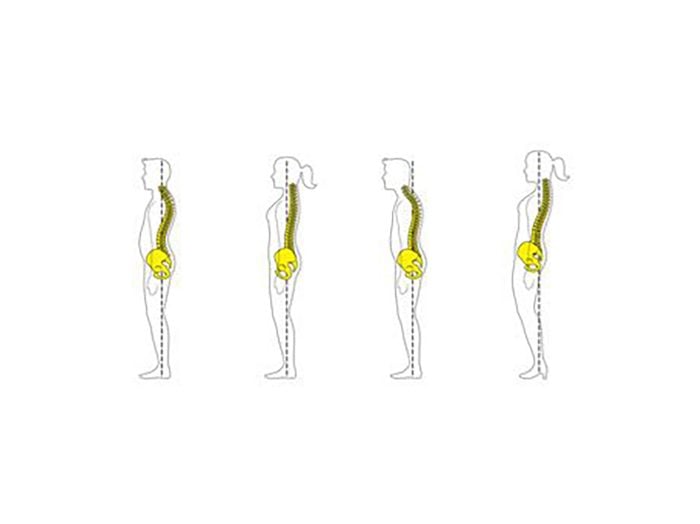
Stand up straight
As laptops, smartphones and tablets play more prominent roles in our lives, our posture is suffering. “The screen is a magnet. It wants to pull your body forward,” says Rubina Tahir, a Philadelphia-based chiropractor. Over time, she says, leaning in weakens our back muscles while shortening the ones in our chests.
At-home stretching, tailored to your posture type, can reduce and even reverse the effects of constant screen time. Tahir suggests doing these exercises at least once a day.
(Related: WTF Is WFH Doing to My Back?)
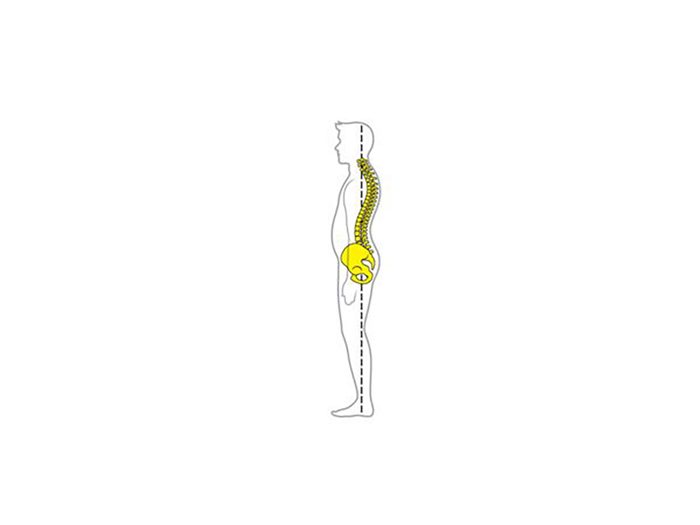
The Slumper
These slouchers are characterized by a hunched position, as if they’re carrying weight on their mid-back. This posture is usually caused by adopting static, forward-bending stances for long periods of time – for example, at a desk job.
Common symptoms: Low-back pain, neck pain, shoulder pain, headaches, tingling hands and feet, pinched nerves.
The fix: Do shoulder-blade pumps. Bend your arms and hold them at shoulder levee. Squeeze your shoulder blades together. Hold for a second, then release. Repeat for two minutes. Or try pec stretches. Facing a wall, place your palm at shoulder height on the surface in front of you and straighten your arm. Rotate your body away from the wall until you feel a stretch in your chest muscles. Hold for 20 seconds, rest for 20 and repeat. Do 10 times on both sides.
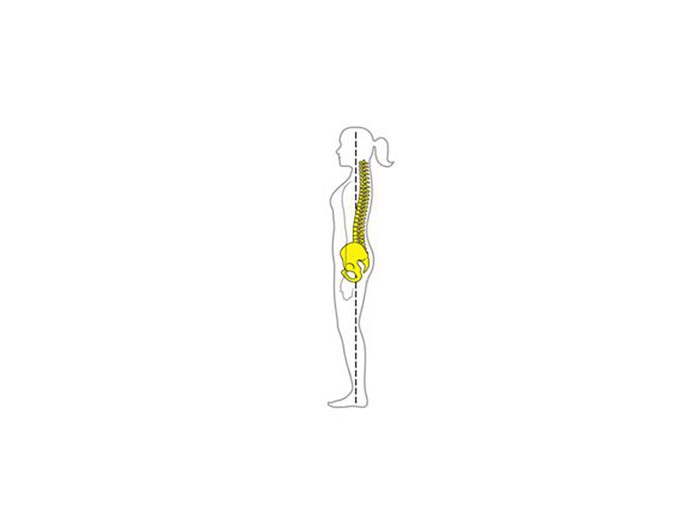
The Pencil
The characteristic of this posture, standing ramrod straight, can be just as harmful as slumping. Sleeping on your stomach, as well as standing for extending periods of time, can flatten out the natural C-shaped curve of the neck, leading to the pencil’s neck stance.
Common symptoms: Headaches, neck pain, neck stiffness, sleep difficulties.
The fix: Lie on your back and place a towel rolled into a log shape under your neck. Hold this position for two minutes; you should feel a slight stretch.
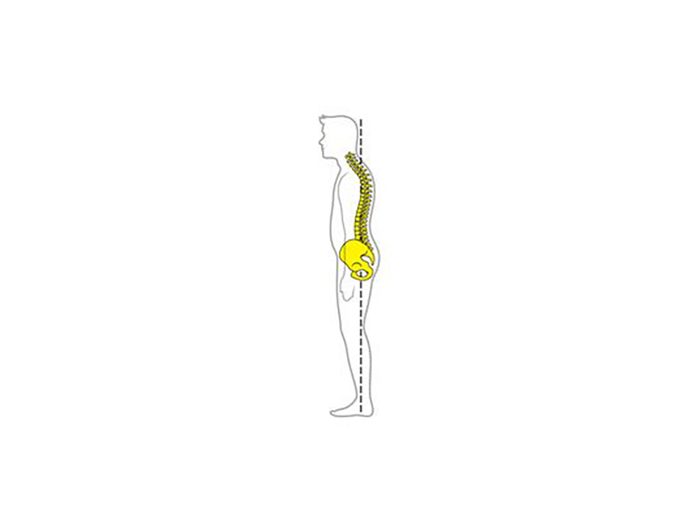
The Giraffe
This type is identifiable by an exaggerated S-curve appearance to the neck. Like slumbers, this posture is most often developed by adopting forward-bent positions for extended periods of time, such as during desk work. It can also be caused by an injury, such as whiplash.
Common symptoms: “Pinpoint” (localized) pain in shoulders, mid-back pain, sleep difficulties.
The fix: Add a neck retraction to shoulder pumps. Stand with your back against a wall. As you squeeze your shoulder blades backwards and down, pull your neck back so that your head touches the wall. Hold for 60 seconds, take a break for 60 seconds, and do 10 sets.
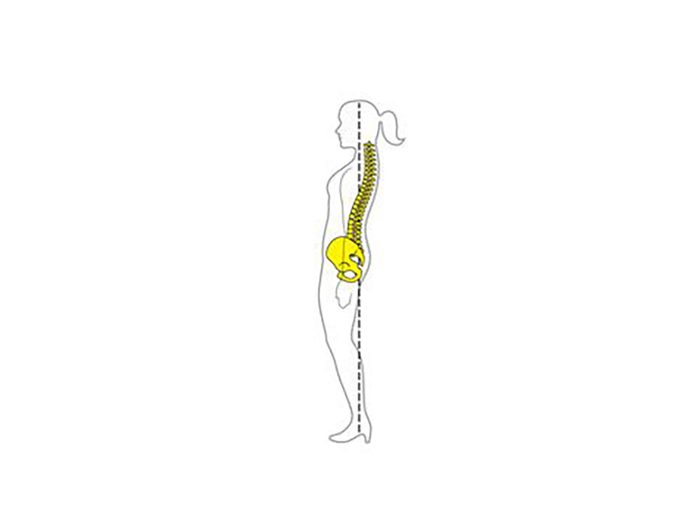
The Tilter
People who have the appearance of swaying backwards, caused by weak muscles in the abdomen and lower back, are tilters. This posture often appears in women who wear high heels, which causes the pelvis to tilt forward.
Common symptoms: Lower-back pain, back stiffness.
The fix: Pelvic tilts. Lie on your back on the floor and bend your news at a 45-degree angle. (There will be a gap between your lower back and the floor.) Flatten your back so that the lower part is against the floor. Hold this position for 60 seconds, and repeat for a total of 10 sets.
Next: I Tried the Upright Posture Trainer—Here’s What Happened
